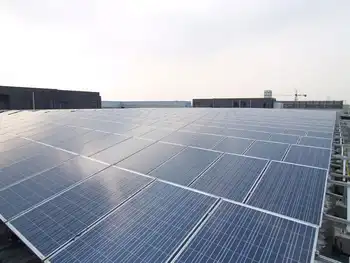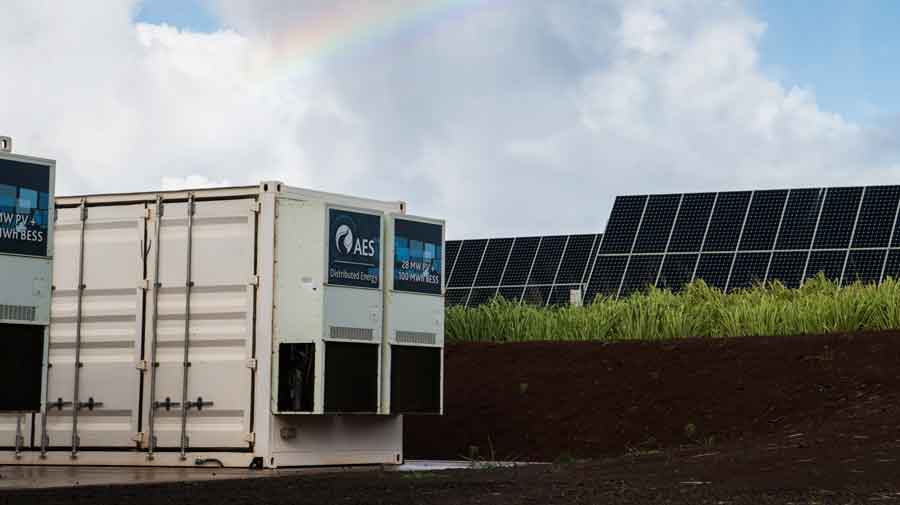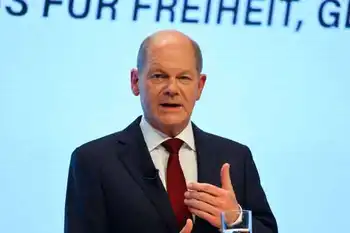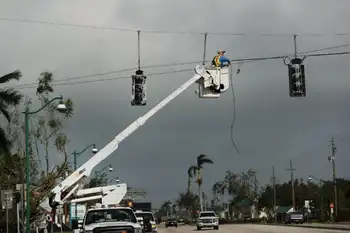Dawn of the solar salon in U.S. living rooms
By Reuters
NFPA 70b Training - Electrical Maintenance
Our customized live online or in‑person group training can be delivered to your staff at your location.

- Live Online
- 12 hours Instructor-led
- Group Training Available
The topic of the evening was not 1960s music or world hunger, but solar power.
Across the United States, at similar gatherings, bankers and hedge fund managers rub shoulders with philanthropists and solar panel installers. These "solar salons" are orchestrated by Travis Bradford, a former fund manager and corporate buyout specialist, in an effort to hasten what he calls the inevitable uptake of solar power.
"My guess is the U.S. will have one of the fastest growth rates over next five years. One of the interesting things about the U.S. when compared to other industrialized countries is that it has more sun per capita," Bradford said in an interview with Reuters.
Bradford is founder of the Prometheus Institute for Sustainable Development, a group based in Cambridge Massachusetts that promotes the use of sustainable technologies.
In his book, "Solar Revolution," Bradford argues that the high price of oil, advances in solar technology and an easing in the cost of silicon used to make panels will combine to make solar the cheapest source of power within the next 20 years.
Skeptics say short supplies of silicon will cap output of solar panels. But panels use less silcon every year, and plants coming on line will ease supply in 2008, Bradford said.
The shift from fossil fuels to solar energy will take place not for environmental reasons but as a result of self-interested economic decisions made by individual users, according to the book, published by MIT press this fall.
As a slice of the total energy pie, solar is almost insignificant, producing just 0.1 percent of electricity in the United States, the world's largest energy consumer. But it is growing 30 to 40 percent a year while the cost of making solar panels has been dropping about 7 percent annually.
Solar power is likely to get more attention as governments look at ways to cut emissions of gases that cause global warming. Ministers from almost 190 governments meet in Nairobi from November 6 to November 17 for annual U.N. talks about ways to speed up the fight against global warming.
Environmentalists and many financial analysts envision a not-too-distant future when the 35 cent per kilowatt hour cost of power from solar panels will halve to equal the average cost of power from fossil fuels.
"Whether it's 2010, 2012, or 2015, I think everyone can see the writing on the wall," said Jesse Pichel, solar industry analyst with investment bank Piper Jaffray in New York. When costs become equal, "solar power demand is infinite," he said.
David Smith, an analyst at Citigroup in New York wrote in a research report in October that solar power has "crossed the tipping point and is on the cusp of a significant expansion between now and 2010."
Environmentalists agree a height has been cleared. "The general public hasn't been this interested in solar and renewable energy since the days of Jimmy Carter," said Alan Nogee, the clean energy director at the Union of Concerned Scientists. During the oil-starved late 1970s, then President Carter introduced an energy conservation plan as the "moral equivalent of war."
In terms of the financial community, "There hasn't been this much interest ever," Nogee said. A big factor is the risk of an aging electricity infrastructure that is clearly overstretched by demand for air conditioning. Memories of exploding transformers, blackouts and brownouts from the last few summers are fresh.
Solar panels could keep the grid stable and cut the need for new power plants in the future as electricity demand rises at 2 or 3 percent per year.
"If you put solar on the roof, essentially you've hedged electricity prices for the next 20 years," said Pichel.
Although President George W. Bush pulled the United States out of the Kyoto Protocol in 2001, the states have taken up the fight to cut greenhouse gas emissions at power plants. More than 20 states have passed laws that require renewable sources for some electricity.
At a recent "solar salon" in New York, Jigar Shah, the founder of SunEdison LLC, one of the largest U.S. solar panel installation companies, talked with a banker from Lehman Brothers about ways for businesses to finance the initial costs of solar power.
"Solar is a complex subject and to talk with folks who are trying to be constructive in this space is immensely beneficial," Shah said.
For now, Prometheus has to invite people to salons because the initial costs of installing solar power can take seven years or more to pay back. But when the installation costs come down, homeowners will be organizing their own meetings, Pichel predicted.
Already "interest has exceeded the capacity of certain living rooms," said Murat Armbruster, who helps run the salons and along with Bradford runs a small hedge fund investing in alternative energy.
Hosts are enthusiastic too. Yarrow, whose songs included the 1963 hit "Puff the Magic Dragon," said, "There were more people interested in solar in my living room than started the Civil Rights movement."











